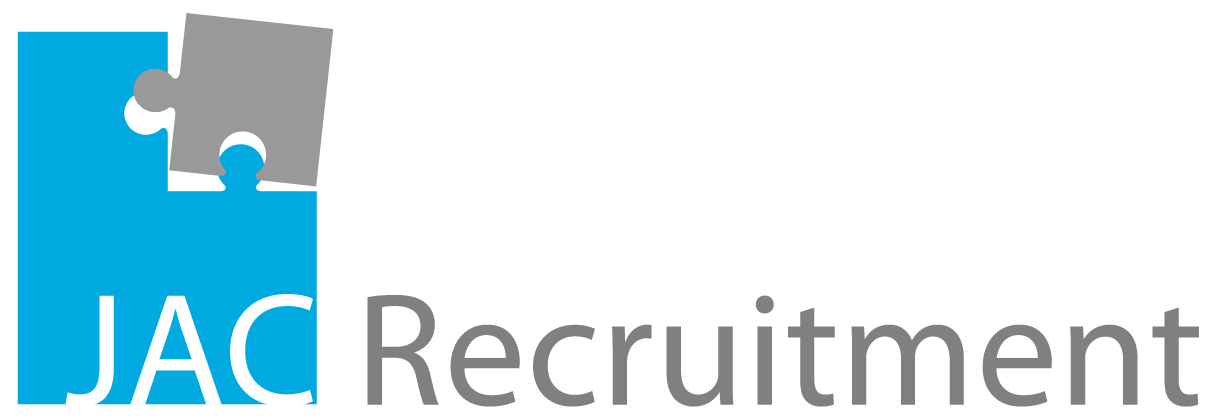A job description is not just a list of responsibilities, it is a first impression, a selling point, and a filter. Especially in mid-career hiring, the way you communicate a role can determine whether top talent imagines themselves thriving in your team or scrolls past entirely.
Attracting the right candidates starts with being clear, specific, and realistic about what the role truly requires and what makes it worth pursuing. Let’s break down the core elements of writing a job description that works.
1. Go Beyond Generic. Help Candidates Visualise the Role
A great job description helps people picture themselves in the position. That only happens when you are specific about what success looks like — not just in tasks, but in outcomes, behavior, and contribution.
Instead of saying “must be a team player,” describe the situations where teamwork matters in your context. For example:
• “Collaborates across departments to streamline operations and improve handovers”
• “Collaborates with team members to ensure timely and accurate completion of critical reporting cycles”
The more realistic the description, the more likely the right candidates will self-select in, and the wrong ones will opt out.
2. Focus on What Truly Matters
It can be tempting to list everything an ideal candidate might bring to the table, but that can dilute your message and confuse applicants.
Instead, define:
• The core technical and soft skills needed to succeed in this specific role
• The context in which those skills are applied
• What the person will learn, lead, or influence once hired
For instance, rather than saying “intercultural communication required,” tailor the language to your environment:
• In a trading company:“Build trust-based relationships with overseas distributors by articulating our brand story”
• In IT: “Lead global project teams while navigating cultural differences with confidence and clarity”
Even common phrases like “English proficiency” can be misleading unless clarified. Does the role require writing complex reports, holding high-stakes negotiations, or casual business chats? Spell it out.
3. Define Skill Levels by Action
Use actions to describe the proficiency you expect. This helps avoid misinterpretation and ensures alignment after hiring.
Instead of: “Must have strong English skills”
Try: “Able to negotiate contract terms with global clients in English (verbal and written)”
Or: “Comfortable drafting and reviewing legal documents in English with minimal supervision”
This applies across soft skills, too. For example, a “self-starter” in a startup might mean initiating cross-functional projects from scratch, while in a large enterprise, it could mean improving internal workflows without being asked.
4. Be Transparent About Salary, but Keep It Meaningful
Salary expectations are evolving. Candidates want clarity, but also fairness.
Rather than just posting a wide range, explain what influences your offer — skills, impact, and scope, not just tenure. Especially in today’s job market, where reskilling and career shifts are more common, it is important to recognise what candidates can do now and not just where they have been.
If you are offering flexibility, performance-based growth, or learning opportunities, highlight those too. They can often be more valuable than compensation alone.
Final Tip: Think of the JD as a Conversation Starter
Your job description should do more than inform, it should invite. Invite the right person to picture themselves succeeding. Invite questions. Invite applications from people who resonate with your values and expectations.
Want to attract better-fit candidates and reduce mismatches?
At JAC Recruitment, we help companies craft job descriptions that reflect real expectations, real opportunities, and real results. Whether you are hiring locally or globally, we can help you build clarity into your hiring process, starting with the way you talk about the role.


